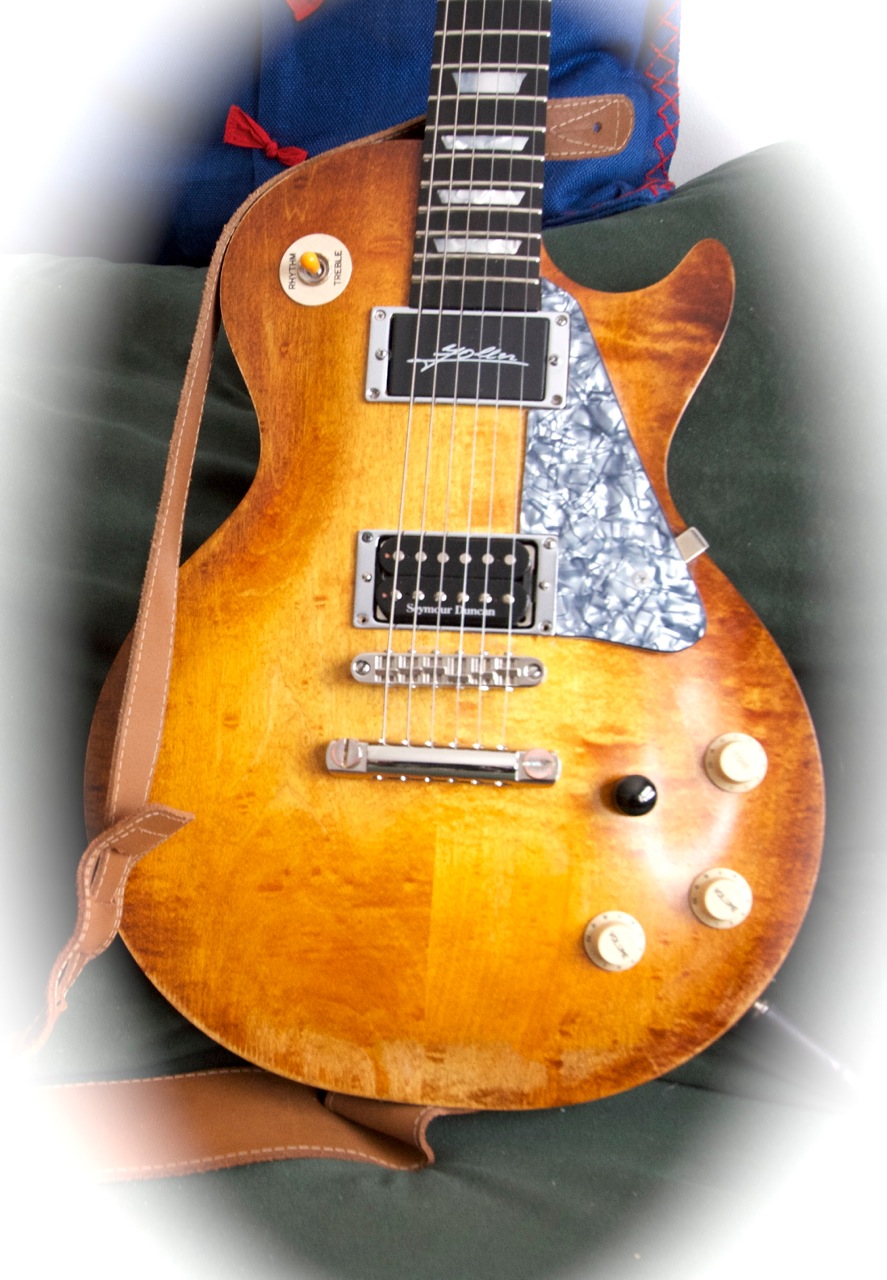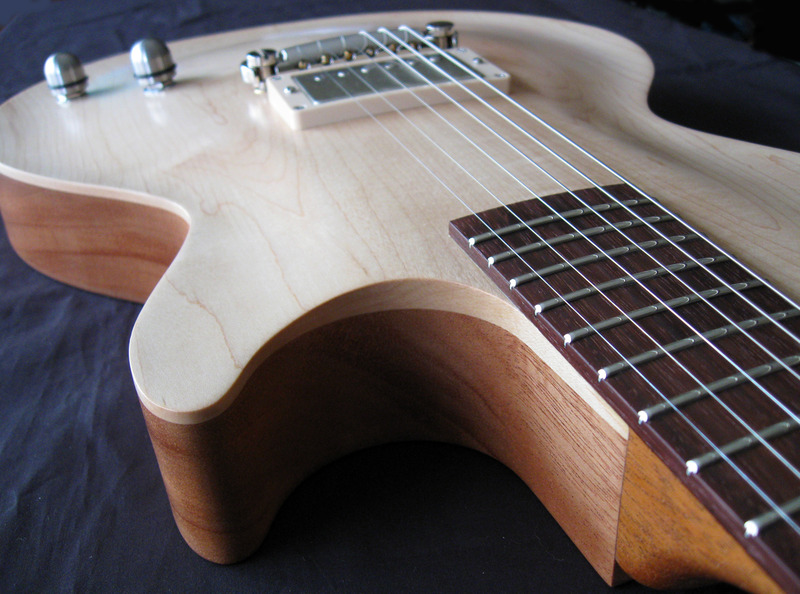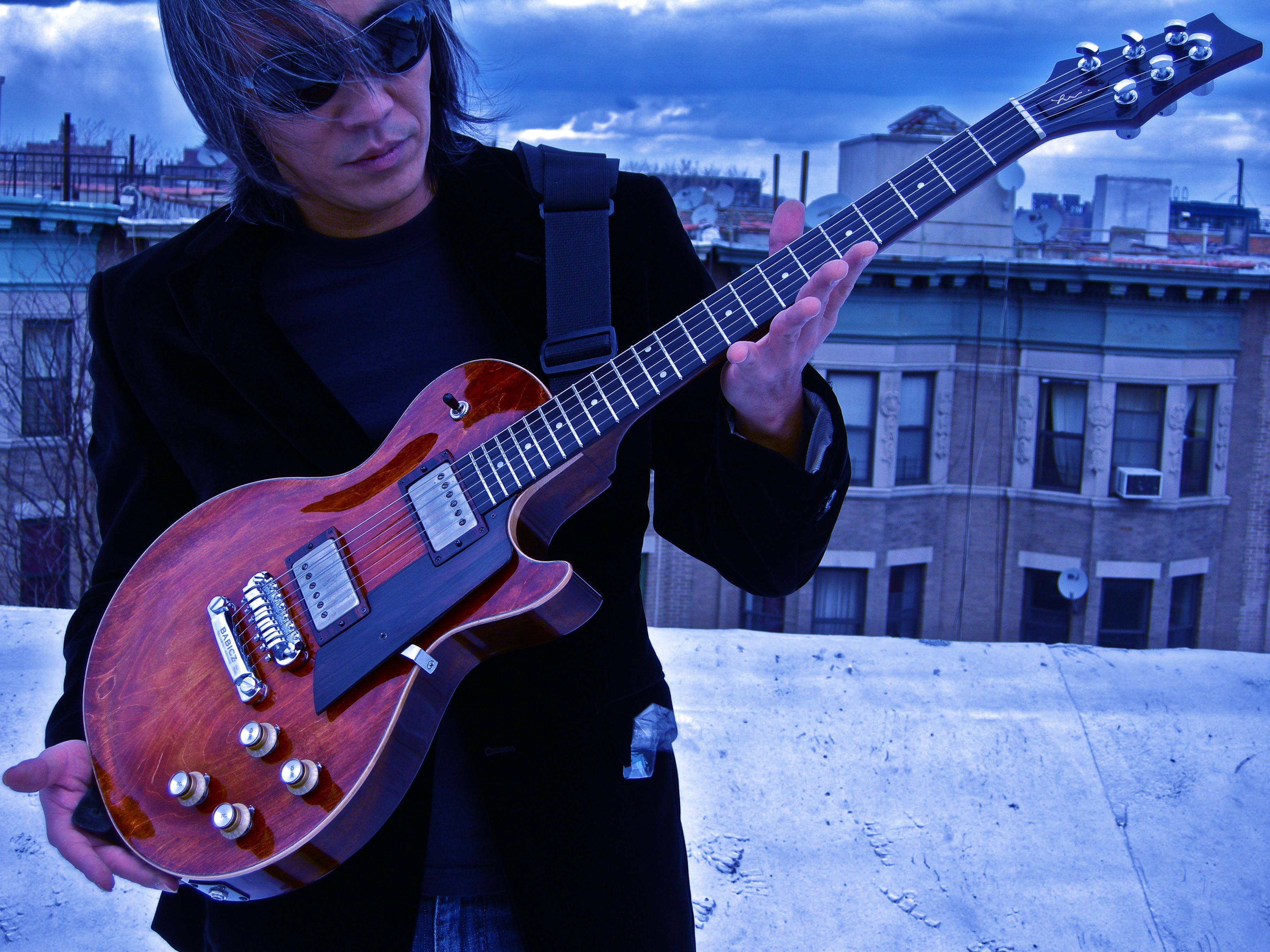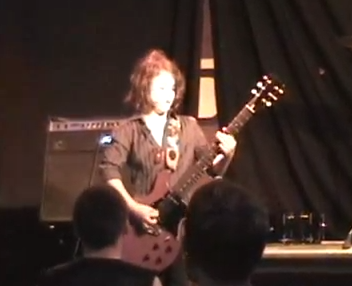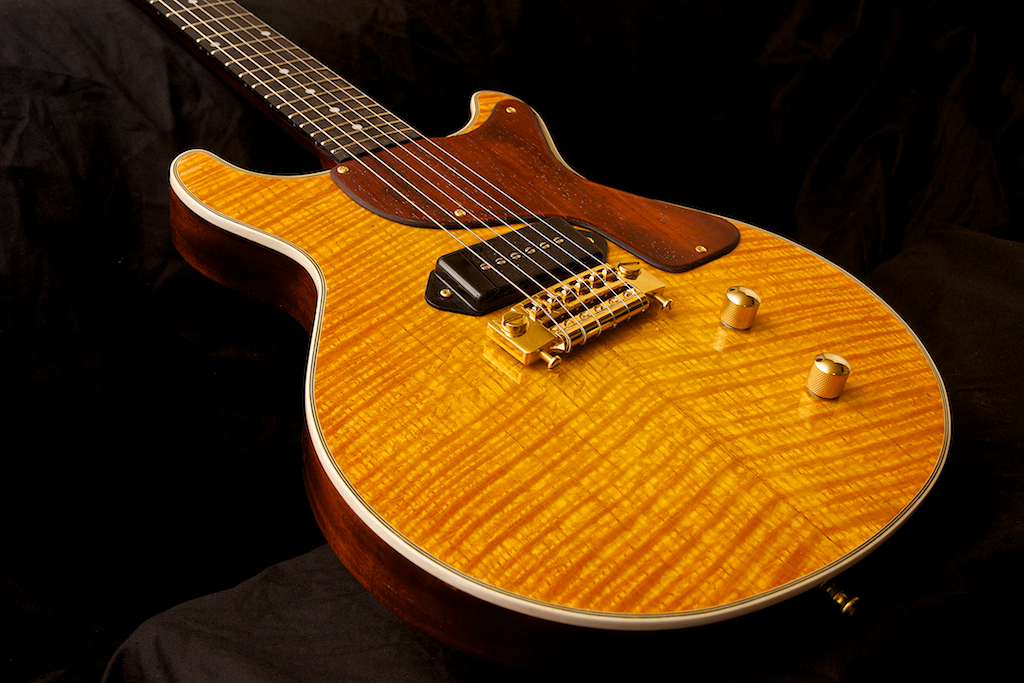
Met Mickey at the local guitar show and he had a clear idea of what he wanted in a guitar. Here it is…
Pickups are custom Winded, “single coil Custom 64” by Onamac Windery ( Fantastic sounding pickups for just 99 dollars set ). Very warm sound. Also, there is on volume pot “Treble bleeder”..which has function when volume goes down, you dont get et less treble. One of the tone pots is Lindy Fralin Blender..so instead of 5 combinations of sounds I can blend bridge pickup with neck pickup, or all 3 pickups too.
I have several guitars including Les Paul Custom, PRS custom 22…but this Strat is now my guitar #1. Clear laquer was been done by Larrivee guitars. It’s UV lacker, hard like stone, but not oversprayed. Guitar has amazing sustain what was my primary goal.
Phil, thank you so muck to you and Kevin…we did fantastic job.
Mickey
ps. My wife’s brother has 18 year old son, who wants same guitar…now i have to start looking for wood…you guys can expect another project.






